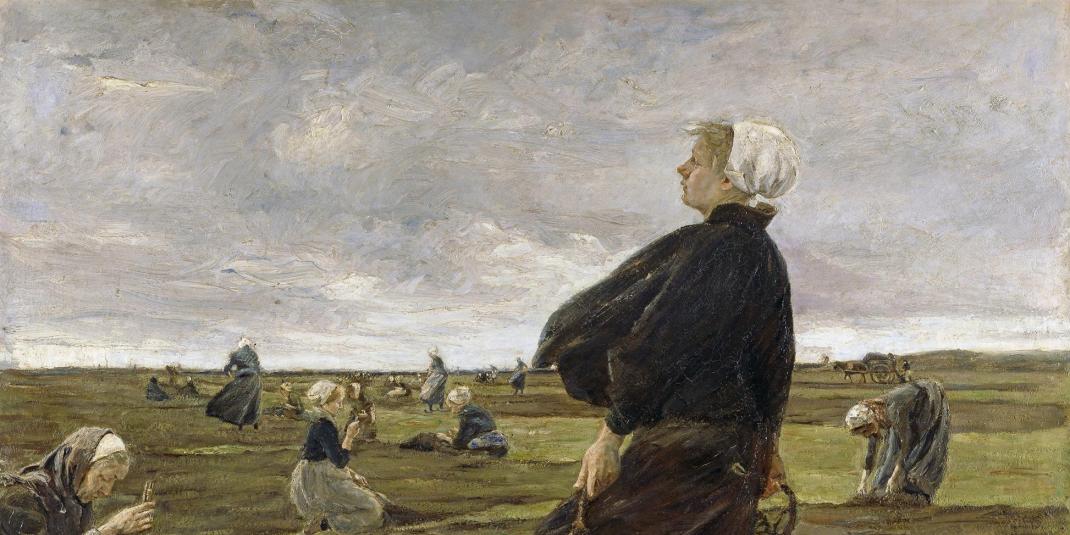
Max Liebermann
To mark the 150th birthday of Max Liebermann (1847-1935), the Hamburg Kunsthalle is showing a comprehensive overview of his realist works. The exhibition will bring together the most important works from Liebermanns's early period and numerous, previously little known studies.
The realist painting of Max Liebermann was highly controversial in the first decades of the German Empire. When he exhibited his first important painting, »The Goose Pluckers«, in 1872 in Hamburg, the critics were already outraged. The young painter depicted women at work and the neither pathetically nor in the style of popular genre-painting. His style was unusually matter-of-fact, showing a sober truth in a manner reminiscent of Courbet. Contemporaries called it »dirty painting« and regarded Liebermann as a dangerous artist-rebel, indeed, even as a sympathizer of outlawed Social Democracy. He experienced the same treatment in 1879 with his painting »The Twelve-year-old Jesus among the Scribes«. The criticism of the unconventional representation was then already supplemented by Anti-Semitic comments.
Almost all of Liebermann's paintings were painted in Holland. There, the painter studied the masters of the 17th century whom he revered, especially Frans Hals and Rembrandt. There, the son of a wealthy, urban family discovered the landscape shaped by human activity and the peasants and craftsmen and women, absorbed in their work. What Liebermann found in Holland was the »poetry of simple living«. He attempted to capture this way of life in an unpretentious, idiosyncratic way of painting.
Liebermann's breakthrough came with his participation in the Paris World Exhibition of 1889. Here, Alfred Lichtwark acquired the »Net Menders«, the first painting by the artist for the Hamburg Kunsthalle. Liebermann now stood as a recognized painter at the forefront of the naturalist movement. In 1898, he was one of the founders of the Berlin Secession, which elected him as their president. At this time, however, the painter had already turned away from his realist depictions of scenes of labour. The life of modern, bourgeois leisure, captured in bright colours and with the signature of immediacy, now became his preferred motif.
The exhibition will subsequently travel on to the Städel Art Institute in Frankfurt and the Museum of Fine Arts in Leipzig. It will be flanked by a catalogue with numerous colour illustrations as well as essays on the oeuvre and its development.







